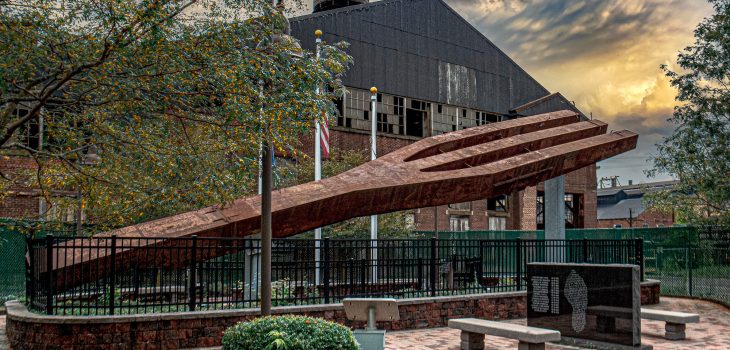 Personal Reflections
Personal Reflections
 Personal Reflections
Personal Reflections
 Personal Reflections
Personal Reflections
 Personal Reflections
Personal Reflections
My heart’s like an open book, for the whole world to read, sometimes nothing keeps me together at the seams. I’m on my way, home sweet home –
lyrics to Mötley Crüe’s Home Sweet Home.
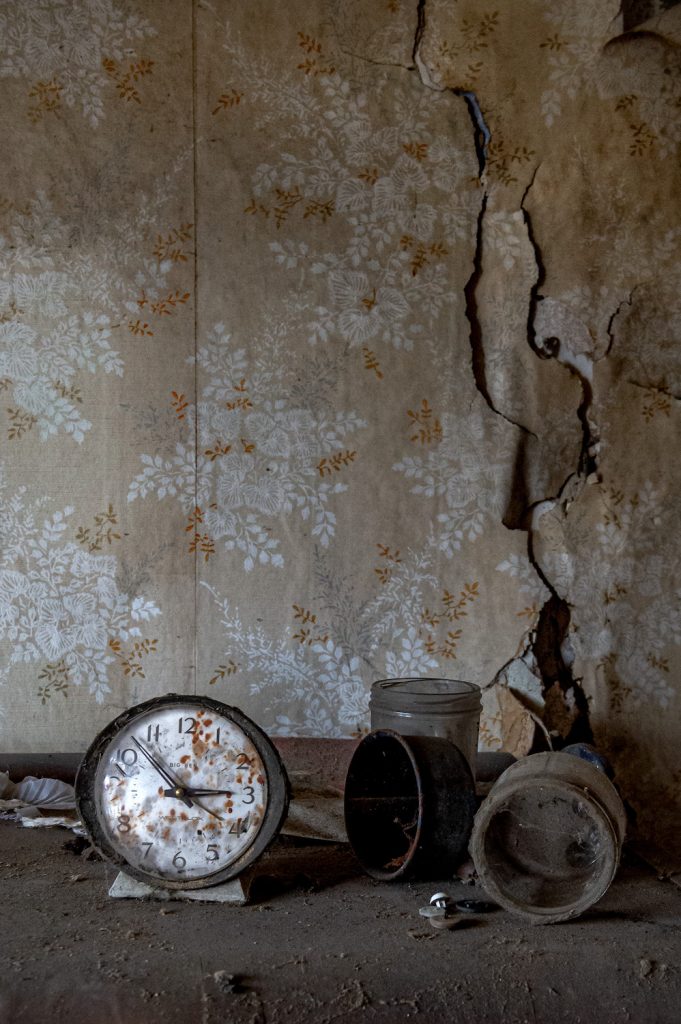 Life takes you to surprising places, but love carries you home – the ideal. Frequently, I am overwhelmed with a strong sense of sadness and loneliness when I explore abandoned homes because I believe in the “home sweet home” ideal. I often encounter so many personal items strewn about inside forlorn homes—possessions that were once treasures to the owner. Sometimes, I only need to photograph the rooms of abandoned houses with an emphasis on small details of interest to tell a story about the experience. I never become comfortable, however, with witnessing so many artifacts in all corners of the house, not claimed by family members or friends—just left behind.
Life takes you to surprising places, but love carries you home – the ideal. Frequently, I am overwhelmed with a strong sense of sadness and loneliness when I explore abandoned homes because I believe in the “home sweet home” ideal. I often encounter so many personal items strewn about inside forlorn homes—possessions that were once treasures to the owner. Sometimes, I only need to photograph the rooms of abandoned houses with an emphasis on small details of interest to tell a story about the experience. I never become comfortable, however, with witnessing so many artifacts in all corners of the house, not claimed by family members or friends—just left behind.
While in an abandoned home, I never focus too much on private letters, photo albums, or notes, nor do I look in drawers, because such intimacy should be off-limits to a stranger. In some homes, however, there is far too much to see, not to be curious or stunned with emotion. I almost always grab glances of postmarks on envelopes, dates of canceled checks on top of desks, or wall calendars to assess the approximate time of abandonment. I do not stage items for a photograph, and often I see evidence of prior urban explorations via the staging of objects or even furniture. I hope that a viewer of my images understands somewhat why I do what I do and perhaps embrace the melancholy I carry with me as I photograph a derelict home. In my eye, abandoned homes often appear gripped by loneliness. I sense the grief of lost dreams. What happened? Why was this home left to the elements, vandals, or even urban explorers? I usually am unable to envision anything but devastated lives in such spaces. These homes must have held so many special memories, good and bad, but now the souvenirs of life are discarded and forgotten. No matter their shape or size, houses are symbolic of the things we love, the people we are, the hobbies we enjoy. Our homes are extensions of us. These empty houses no longer contain the life they once held, but they loudly echo lives left behind.

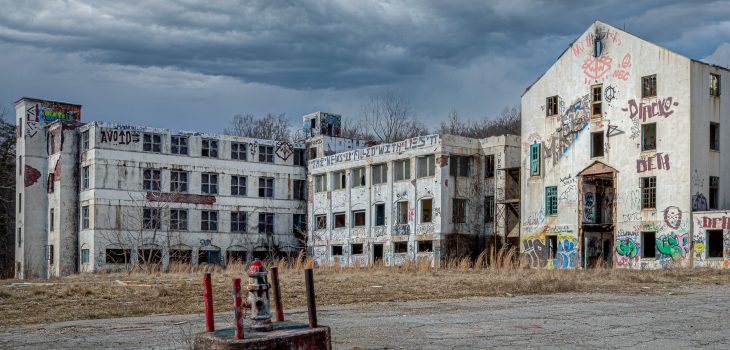 Personal Reflections
Personal Reflections

Just as a scourge drove the birth of the Henryton Tuberculosis Sanatorium (Henryton) in Marriottsville, Henryton evolved into a local scourge during its decades of abandonment. During the early 1900s, Maryland’s African- American community suffered a tuberculosis outbreak four times higher than Maryland’s Caucasian population. With segregated hospitals as the order of the day, along with sub-par African-American health care, a policy to curb this escalating contagious disease demanded responsiveness. In 1922, the first “separate but equal” Maryland African-American sanatorium opened its doors for the under-represented and very ill African-American sector. For almost forty years, this institution, nestled within a wooded setting, effectively treated African-American tuberculosis patients.
In the 1960s, however, tuberculosis was on the decline, and the sanatorium transformed into Henryton State Hospital, which was charged with the treatment of adults with profound mental disabilities. With the concept of deinstitutionalization of large medical complexes taking nationwide root in the 1970s, fewer mentally disabled patients were hospitalized at the large Henryton complex. Henryton closed in 1985 and remained abandoned until its demolition in 2013.
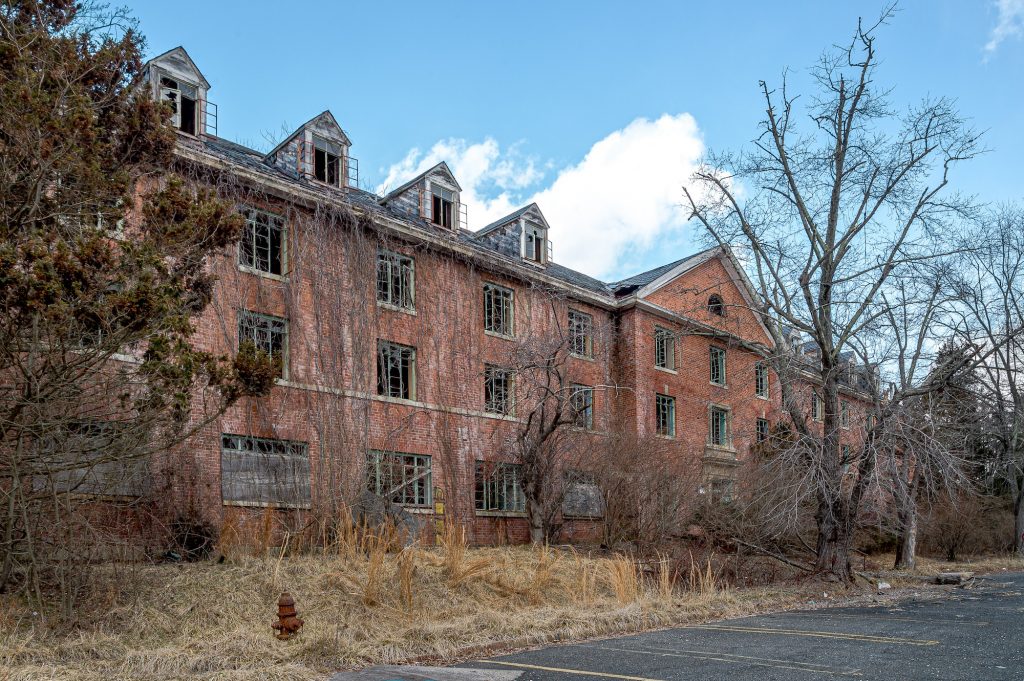
 Personal Reflections
Personal Reflections

How does our mind’s eye view the world without us? The images of vacant spaces, once dynamic, capture a departure from our everyday norms and instead present an alternate reality absent our presence. Is this one of the reasons I find urban exploration photography so captivating? Urbex environments are like alternate realities emptied of human life. Urbex imagery exposes how swiftly we can become estranged from our everyday lives and how our surroundings can suddenly become fragile and tenuous. The urban explorer uses the camera to show where we once were but no longer are.
Just like my urbex photo representations, the COVID-19 pandemic drives abandonment to a new alternate reality level. Images of evacuated streets and institutions make our common spaces unfamiliar. While life quarantined indoors in late spring 2020, I captured some of the external environment emptied of life. As I shot the silent streets, I often felt alone in a desolate haunted space – and unlike abandonments, the setting was neat and tidy – unnatural to my urbex eye.

So many images of city life assume that hordes of people are always present. In the time of COVID, such scenes exposed only a few lonely figures, if any. The bigger picture, though, is that the fear of the pandemic has fostered a new fundamental fear – the fear of each other. These photographs exposed how swiftly we can become estranged from our everyday lives and how our surroundings can suddenly become something unstable. Images of empty public spaces, similar to photos of abandoned sites deserted for decades, reveal the myth that we are indispensable to such space existence. Instead, we lived in heartbreaking silence. When will things return to normal? Will they ever return to normal? Dramatic reality reshapes our mindsets and forces us to absorb and internalize everything as we solo-walked through our new alternate reality.
 Personal Reflections
Personal Reflections
 Many question my fascination with urban exploration (“urbex”) and specifically, my love of the urban decay photography genre associated with urbex. Urbex is the exploration and documentation (in my case, documentation via the camera) of abandoned industrial infrastructure; including, in part, factories, hospitals, asylums, schools, amusement parks, power plants, retail centers, multi-unit office and housing structures, tunnels and even drainage sewers (although I have yet to partake in a “draining” adventure). Abandonments are usually inaccessible and not meant to be visible. The urbex code of conduct demands respect when visiting these forgotten places – no tagging, vandalism, destruction or theft. The urbex golden rule is: take only pictures and leave only footprints.
Many question my fascination with urban exploration (“urbex”) and specifically, my love of the urban decay photography genre associated with urbex. Urbex is the exploration and documentation (in my case, documentation via the camera) of abandoned industrial infrastructure; including, in part, factories, hospitals, asylums, schools, amusement parks, power plants, retail centers, multi-unit office and housing structures, tunnels and even drainage sewers (although I have yet to partake in a “draining” adventure). Abandonments are usually inaccessible and not meant to be visible. The urbex code of conduct demands respect when visiting these forgotten places – no tagging, vandalism, destruction or theft. The urbex golden rule is: take only pictures and leave only footprints.
I am not certain if I can provide a definitive explanation as to why I am drawn to vacant sites. Why am I charmed by structural decay and putrefied artifacts, and especially when I loathe disorder, dust and broken things in my own home? Why am I compelled to visit derelict places that hold peeling paint, rusty metal, collapsed roofs, and broken glass? Why do I subject myself to potentially hazardous substances such as asbestos, lead paint, black mold or bird and rodent droppings? In my eyes, abandoned buildings are soulful. I love the way a decayed structure changes shape over time. I love the way vines embrace a building’s skeleton and the way a tree pushes through a foundation or wall to become one with the structure. Discarded objects such as furniture, tools, books, papers, toys or utensils were once prized possessions, but are now, perhaps, just sad memories of what once was. There is even a different resonance in places that no one seems to care about anymore. I find a strange sense of beauty and peacefulness within these crestfallen environments. Read more “My Underground Playground” →
 Personal Reflections
Personal Reflections
 When one thinks of Kenya, one imagines classic safari snapshots of natural beauty, rolling fields, a medley of landscapes sprinkled with herds of wild animals, acacia trees, fiery sunsets, and Maasai people draped in vivid fabric. Kenya is home to the great outdoor expedition – it is National Geographic Magazine on steroids. Of course, most already know that game viewing in Kenya is wonderful, and the bounty of wild animals will almost always promise sightings of the big five as well as other unique animals and colorful birds. Kenya, however, offers much more with its mosaic of cultural diversity.
When one thinks of Kenya, one imagines classic safari snapshots of natural beauty, rolling fields, a medley of landscapes sprinkled with herds of wild animals, acacia trees, fiery sunsets, and Maasai people draped in vivid fabric. Kenya is home to the great outdoor expedition – it is National Geographic Magazine on steroids. Of course, most already know that game viewing in Kenya is wonderful, and the bounty of wild animals will almost always promise sightings of the big five as well as other unique animals and colorful birds. Kenya, however, offers much more with its mosaic of cultural diversity.
Now that I have returned from my too-brief Kenyan journey, and have seen all of the above, many want to know about my excursion. I find myself repeating the usual words such as: amazing, incredible and beautiful. Kenya, though, is so worthy of a description than just a few mere words, as it has such an impact on the human spirit when one observes its riches for the first time. I have said it before, and I am repeating it – traveling can change your perspective on life. Visiting Kenya rewired my mindset, and my Kenyan experiences are carefully partitioned within my mental scrapbook.
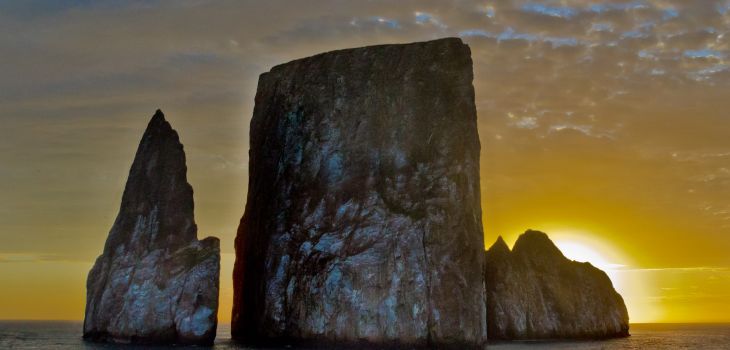 Personal Reflections
Personal Reflections
 How ironic, but also how fitting, that I found enlightenment in the environment where Charles Darwin had his epiphany — the symbolic persistence of life prevailing even under the harshest of conditions. My Galapagos Islands adventure fell within one month of a significant anniversary event that derailed my life. It also fell within one month of another recent life-changing moment.
How ironic, but also how fitting, that I found enlightenment in the environment where Charles Darwin had his epiphany — the symbolic persistence of life prevailing even under the harshest of conditions. My Galapagos Islands adventure fell within one month of a significant anniversary event that derailed my life. It also fell within one month of another recent life-changing moment.
On Sunday, June 22, 1997, at 4:01 p.m., I received a somewhat matter-of-fact phone call informing me that my husband, Stephen, suddenly died overseas at forty-three years old. He was President of a Moscow, Russia multi-national corporation subsidiary. In an instant, hopes and dreams vanished, and the vultures began to circle en masse. I was unprepared for the ensuing tempest that would paralyze my life for the next eight years. Within thirty-six hours of his passing, the unfolding events were surreal. I was a character in a Franz Kafka novel. Those associated with this event became more insidious with each passing hour.
I never had time to mourn my loss because shortly thereafter, on any given day, I was greeted with a parade of lawsuits. I was astounded by the horde of schemes designed to manipulate or swindle, bait and mock, without any regard for my loss. The harrowing legal process consumed my life and forced me to withdraw socially to face these challenges. From the beginning, however, I never wavered on principle and refused to cave into the nefarious mob that invaded my life. I would never settle, and I made a vow that “they” would never get my house, and certainly not my soul. Read more “Reflections on the Demise of a Train Wreck in the Land of Darwin” →